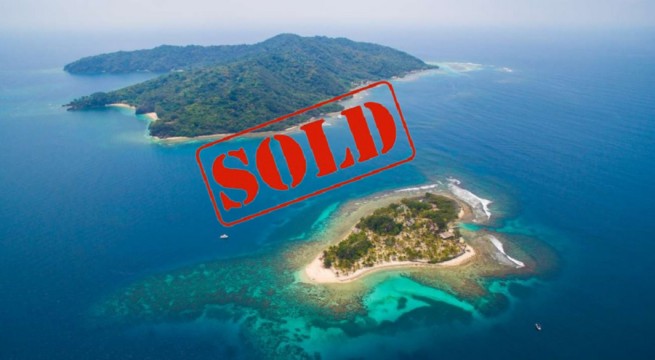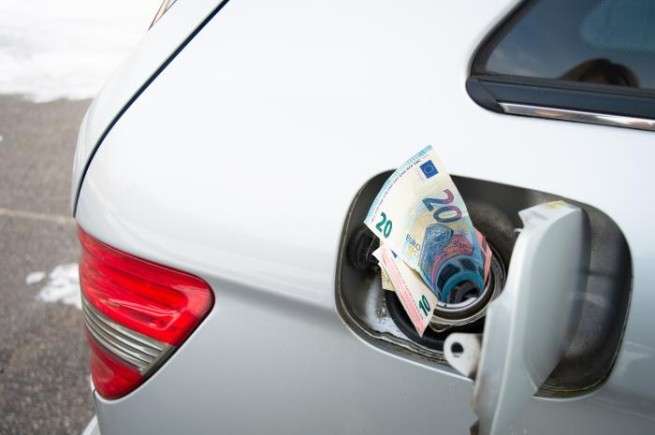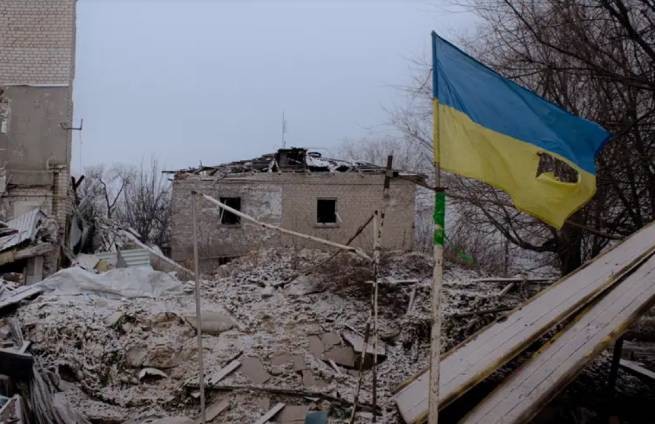Ten years ago, on April 12, 2014, ex-FSB Colonel Strelkov captured the Ukrainian Slavyansk, and on April 14, an anti-terrorist operation was announced in Donbass.
But before this there was first the annexation of Crimea, then the “Russian Spring” and the creation on April 7 of the “DPR” – the Donetsk People’s Republic. And although weapons had already been used, there were no military operations before Slavyansk.
As participants in the events of ten years ago recall, the Girkin-Strelkov raid was interconnected with the proclamation of the “DPR”, being part of the general plan for organizing an “uprising” in eastern Ukraine, and the process was supervised by the Russian “Orthodox oligarch” Konstantin Malofeev, tells edition “Country”.
Crimea 2014, “Russian spring”:
https://www.youtube.com/watch?v=PhCSN9sh4Qo
Experts note that events with a difference of 10 years took place according to a similar scenario: as then in the Donbass, so in February 2022, the Russian adventure did not imply either a sober assessment of its own forces, or the self-evident active resistance of Ukraine. However, the surprise factor played a role, granting success.
In April-May 2014, “LDNR” were able to establish control over the largest cities of Donbass. As in 2022, at the beginning of the invasion, the Russians were able to capture significant territories. However, in May 2014, the resistance of the Ukrainian troops intensified, everything was heading towards a full-fledged war. Of course, the separatist formations would not be able to withstand the Armed Forces of Ukraine, and in the Russian Federation they were not ready to directly intervene with the forces of the Russian army.
A truce was concluded in June 2014. Poroshenko met with Putin for the first time in the Normandy format, negotiations began on some form of autonomy for Donbass. At that time, agreements similar to those later concluded in Minsk were discussed. But Poroshenko decided to take a different path – to reject the compromise and, from July 1, to launch a large-scale offensive with the goal of completely defeating the “LDPR”.
Similarly, in March 2022, the Kremlin saw that their plan did not work and decided to quickly exit the war, offering Ukraine peace under the “Istanbul agreements.” Ukrainian President Vladimir Zelensky refused the offer, counting on the complete military defeat of the Russian Federation. The USA and Britain supported him.
In July 2014, the Ukrainian Armed Forces achieved significant success, liberating large territories. However, Poroshenko underestimated the readiness of the Russian Federation, even limitedly, to intervene in the war. As a result, in the first half of August, the Ukrainian offensive, with the exception of some areas, was stopped. First, the Ukrainian Armed Forces were defeated in a border battle (Izvarinsky cauldron), and after the introduction of a “limited contingent” of Russian troops – in Ilovaisk. After this, Petro Poroshenko agreed to sign the Minsk agreements.
In the fall of 2022, the Armed Forces of Ukraine achieved great success in the Kherson and Kharkov regions. In the summer of 2023, the Ukrainian army launched an offensive in southern Ukraine with the goal of cutting off the land corridor to Crimea. But the offensive “choked”, and then the Ukrainian Armed Forces themselves were forced to retreat, having lost Avdiivka.
We can continue the analogy by comparing the situation in 2014 and 2024, trying to predict the result. But it is worth keeping in mind: the situation is still too different – both in the scale of military operations and in the degree of involvement of the world's leading forces. Therefore, it is extremely difficult to predict the final scenario.







More Stories
The Russian Federation has put the Ukrainian president on the wanted list for an unnamed "Article of the Criminal Code"
Ombudsman: all orphans returned by Ukraine end up in families
Deputy Head of the Main Intelligence Directorate: "Such wars can only end with agreements"